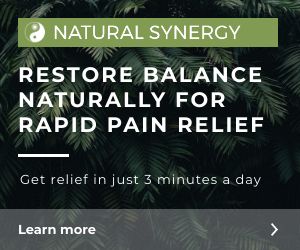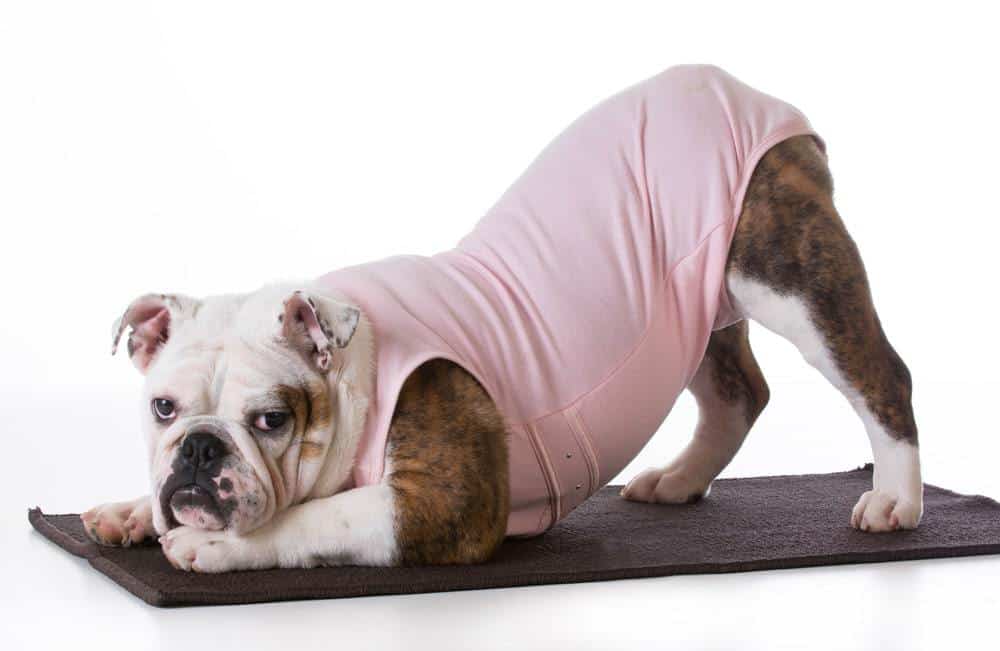
Achieving a fitness goal is one of the major reasons exercise has become one of the biggest trends today.
However, especially with the onset of social media, some people have deviated towards a more superficial idea of fitness.
Body image has become the main driving force on why people obsess over exercise. It has become less of a habit for one’s well-being and more of a competition.
This mentality can be both demotivating and destructive.
The desire for quick gratification often leads to some people overdoing it at the gym with high-intensity training.
However, human nature is very diverse and what works for some might not work for you.
What Is Low Impact?
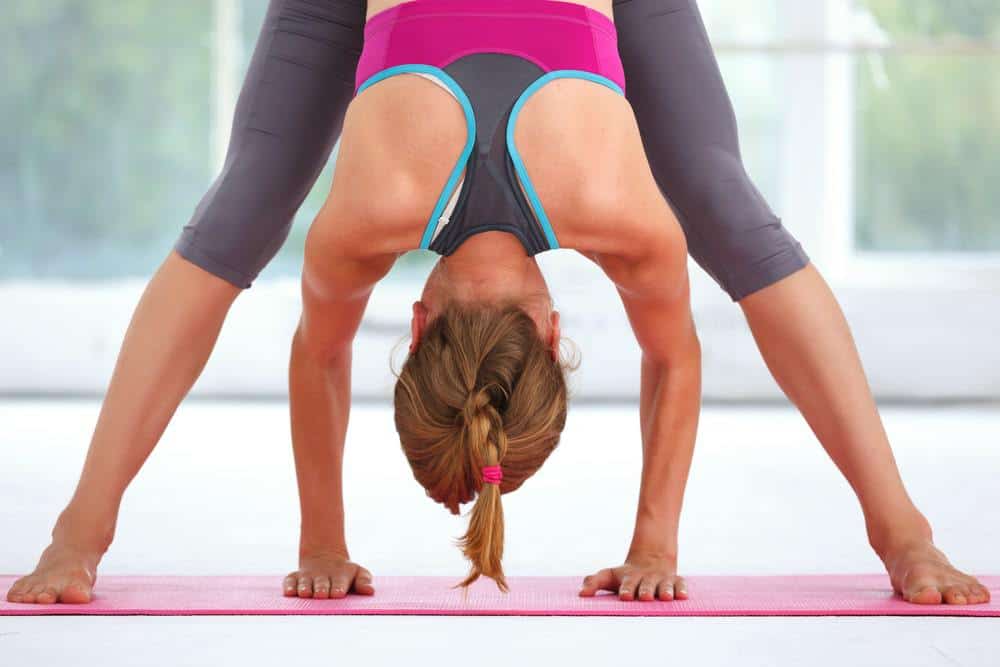
Before we get into the nitty-gritty of how low-intensity workout can affect the body, it’s crucial to understand exactly what it is.
These types of exercises are characterized as activities where one foot stays in contact with the ground, thereby causing less impact on the joints.
These exercises are far gentler and more fluid than its high-intensity counterpart.
Common exercises under this category include walking, swimming, rowing, yoga, Pilates, or cycling.
It could also involve everyday tasks like gardening, cleaning the house, playing with your kids, walking the dog, and many others.
So what are the pros and cons of low impact exercise?
Benefits of Low Impact Exercise
Beginner Friendly

If you’re new to working out or just trying to get back into shape, low-intensity exercises might be the way to go.
High-impact workouts, such as contact sports or running, can easily cause muscle soreness due to the strain it generates
on the joints.
Low-impact is also perfect for those that have yet to develop a solid fitness routine.
Beginners might feel too overwhelmed to immediately start a rigid “workout” program and might prefer to engage in lighter activities.
What makes these exercises a great option for beginners is the fact that not everyone can do high-intensity workouts right off the bat, which is perfectly fine.
Even just taking a few minutes of the day to go swimming or do yoga can make significant improvements in one’s health.
Regardless of what physical activity you might choose, the most important thing to consider isn’t how well you can do it or how much, but how consistent you are in doing it.
Reduced Chances of Getting Injured
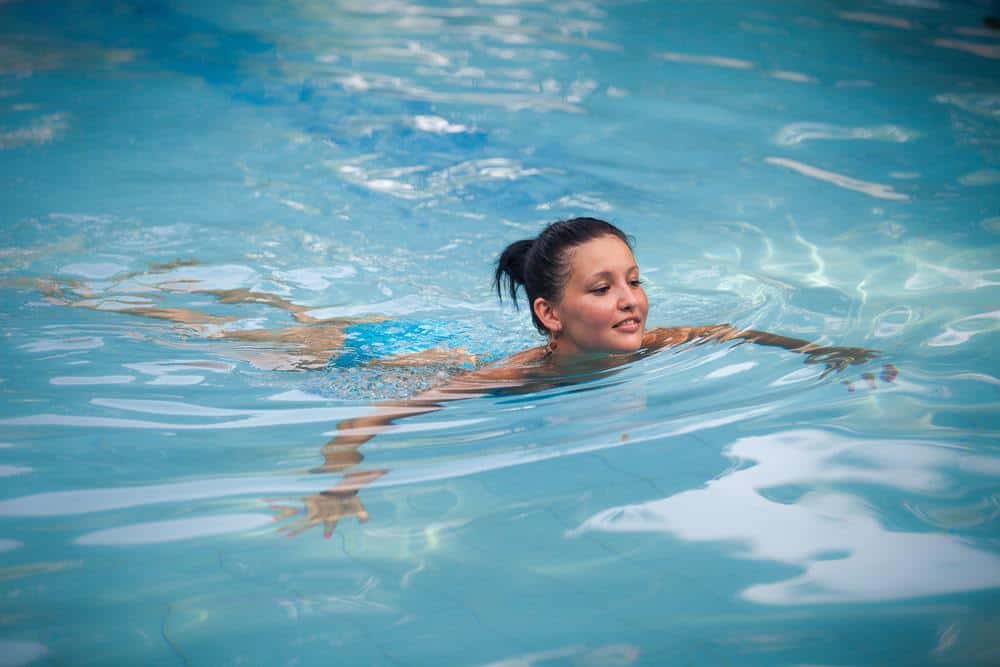
The lesser risk for injury is one of the most valuable benefits attached to this type of exercise. Performing too much high-impact exercise regularly can lead to increased wear and tear on the joints.
This makes them more vulnerable to injuries and cause conditions like arthritis to aggravate. So it’s not generally advisable to be performed by everyone.
A bad knee, leg injury, sore muscles, or fear of getting hurt can often restrict people from getting into activities that are too physically demanding.
However, low-intensity fitness can allow someone to reap the benefits of exercise while reducing the risk of getting injured.
It is also beneficial for those that are still trying to recover from an illness.
Low intensity exercise is an excellent way for them to get their body moving without putting too much stress on the joints and cause further harm.
To add, having and being able to maintain good muscle health through low-intensity training can reduce the chances of musculoskeletal injuries, also referred to as “repetitive motion injury”, which are often caused by bodily movements that involve rapid force or impact, activities mostly attributed to high-intensity training.
These injuries can be especially painful because they affect the soft tissues (i.e. muscles, ligaments, tendons, etc.).
This doesn’t necessarily mean that high-intensity workouts are bad.
However, it establishes the fact that low-intensity training is way better for those that are looking to avoid injuries at all costs.
Easily Accessible and Works for Busy Schedules

How often have you heard the phrase “I don’t have time” when it comes to the subject of working out? You could’ve even uttered those words yourself.
Most people struggle with making time for exercise.
When you’re racing to meet a deadline, attending endless meetings, taking care of family responsibilities, and then your colleagues invite you to a drinking-spree after a stressful week – that’s when your dreaded gym session or plans to go running, gets scrapped from your schedule.
But it’s exactly during those times that exercising becomes even more valuable.
Physical activity should never be at the bottom of the barrel when it comes to priority.
Health is not something that can be compromised in pursuit of a successful life, because good health in itself is a measure of success.
With today’s abundance of information on health and fitness, it’s easy to get demotivated over the idea of not having the same amount of time or access to resources that others seem to have.
That’s why it’s important to look beyond what media personalities and big companies are feeding you.
Instead, you should learn to look into yourself and evaluate workout regimens that fit your reality. Don’t hold yourself on the same pedestal as fitness vloggers or other media personalities.
All people have the same number of hours in a day, but don’t live the same lives. Try to create a routine that works best for your schedule.
And if your hustle won’t allow you to spend hours at the gym, even a 10-minute light workout can do wonders for your body.
Home workouts and outdoor exercises such as taking a stroll, gardening, or biking are a few examples of low-intensity exercises that can be incorporated into your daily routine, without needing to drain too much energy or pay for a gym membership.
Increases Flexibility
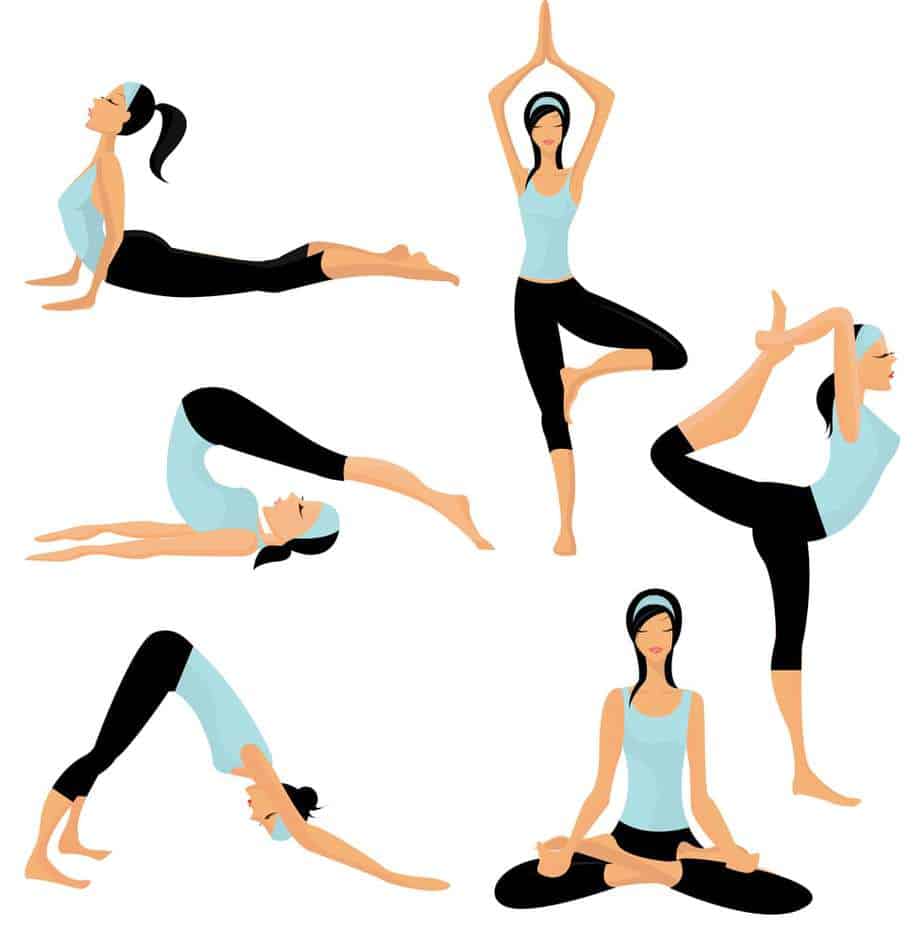
An added benefit low-intensity training is that it allows you to make use of your full range of motion as opposed to high-impact.
This is a less challenging approach towards effectively building up one’s strength and flexibility.
Flexibility is one of the most important aspects of physical health. You might not realize it, but being flexible can help improve our quality of life in so many ways.
For one, it increases the soft tissue’s energy absorption, which results in lesser chances of getting injured when subjected to sudden bursts of physical activities.
It can also improve your posture and prevent lower back pain. After all, a lot of the pain you feel from living a sedentary lifestyle is due to inadequate flexibility.
When you’re not flexible enough, this can make exercise particularly tougher. Flexibility goes hand in hand with mobility.
The more flexible you are, the easier it is for you to explore other areas of exercise or to simply be more equipped at performing everyday tasks.
Improves Mental Wellness
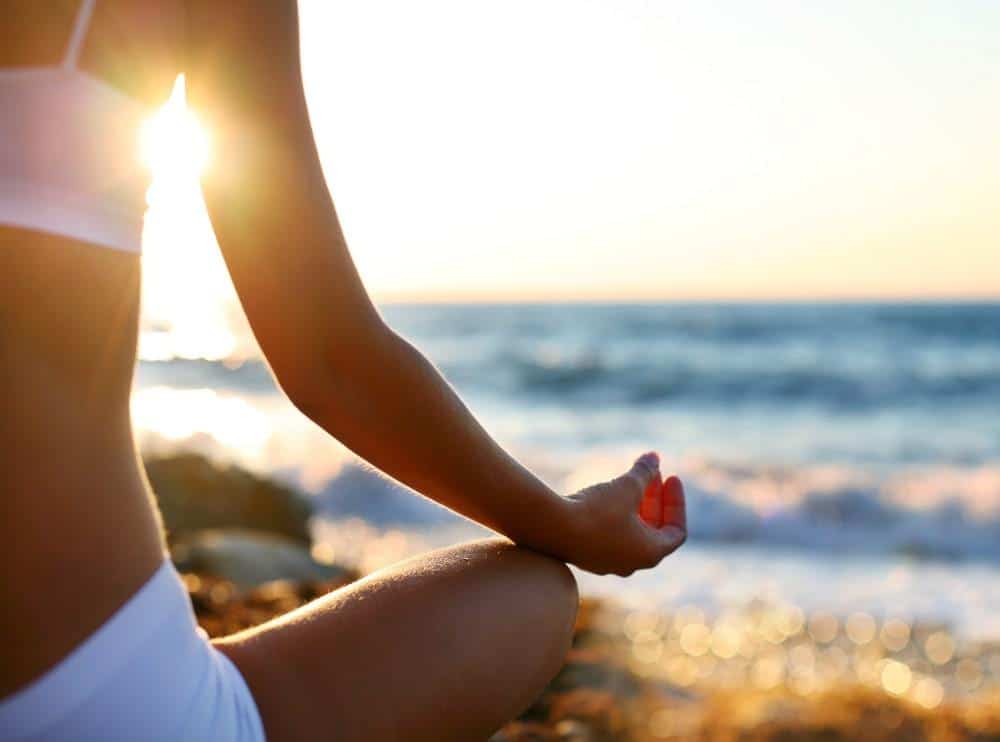
The benefits you get from exercise go beyond physical fitness. Ultimately, our physical and emotional health are two parts of a whole.
Your body’s overall condition can manifest in your attitude throughout the day. Surely, exercise can improve the way your body looks, how you move, your endurance, flexibility, and so on.
However, it has also been proven to reduce stress and lower anxiety levels, which leads to better sleep quality. Good sleep, in turn, benefits your memory and boosts your overall mood.
Exercise can create a ripple effect on your overall well-being. And the good thing is that you don’t have to be an avid fitness enthusiast to get these benefits.
Even modest amounts of low-impact activities can create a big difference in how we feel.
No matter how far-off you are on the fitness ladder, you can always develop the habit of regular exercise to cope with stress and take care of your mental wellness.
Cons of Low Impact Exercise

Like many other things, low-intensity training has its limitations.
For example, with an activity like walking, a person has to exercise longer to get the same benefits compared to someone doing high-intensity workouts.
Walking doesn’t raise the heart rate as quickly as running or jumping would. So if you’re already in good shape and looking for a faster and sweatier way to condition your body, high-impact training could serve as the better option.
High-intensity activities are also better at increasing bone density than low impact.
The higher amount of exercise you perform, the more likely it is for you to increase your bone density at a much quicker rate.
While it’s an accepted fact that any type of physical activity which puts repetitive strain on your bones would be beneficial, low-intensity training is usually advised for beginners who prefer to go for the slow and steady route.
“The secret of life is to let every segment of it produce its own yield at its own pace.” – Joan Chittister
Avoid “Physical” Burn-out, Embrace Consistency
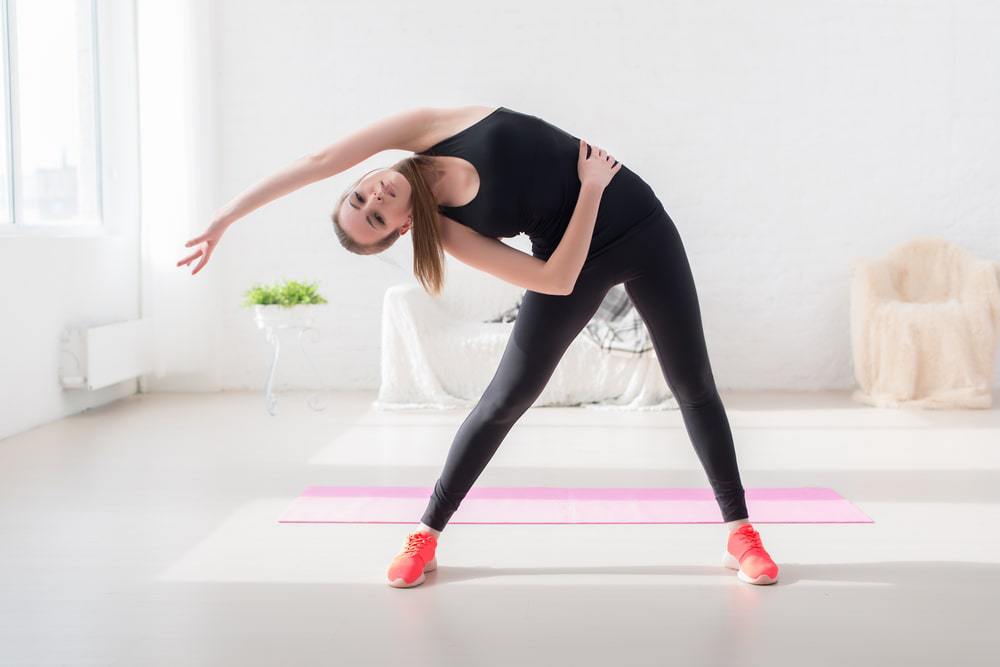
When you picture exercise, one of the first things that might come into mind are endless hours at the gym or perfectly toned physiques that are seemingly impossible to achieve.
The things you see on mainstream media are often distortions of reality or marketed images of what healthy should look like.
Bear in mind that being physically active doesn’t require killing yourself at the gym or going out of breath in those sweat-stained clothes; neither should it be about achieving the picture-perfect body.
Some people simply don’t have the time, energy, or money to spend hours at the gym or submit to strenuous workout sessions.
One helpful tip is that you should ditch those rigid and perfectionist ideals. You don’t need to force yourself into doing activities that will only make you resent or dread a particular experience.
If a workout is unpleasant or makes you feel inadequate, the more susceptible it is for you to lose interest and just quit.
Don’t choose activities based on fitness fads or what an influencer tells you to do, pick activities that fit your abilities, lifestyle, and preferences.
Always remember that it’s unnecessary to beat yourself up over not achieving fitness goals right away.
Sometimes, it takes years to break and build habits, so if you find yourself feeling impatient or demotivated, take a break and reward yourself for those improvements, no matter how small.
Also, learn to treat failures as opportunities to learn instead of wallowing in self-pity. Sometimes, when you overcompensate and rush the results, it leads to fatigue or feelings of discontentment.
So instead of fixating on the outcome, focus on your discipline and consistency. You’ll get there eventually.
Related Posts:
5 EASY Stretches for Better Posture (Avoid Back Pain with Posture Correction Exercises)
Can You Be Fit and Healthy With Low-Impact Exercises?



